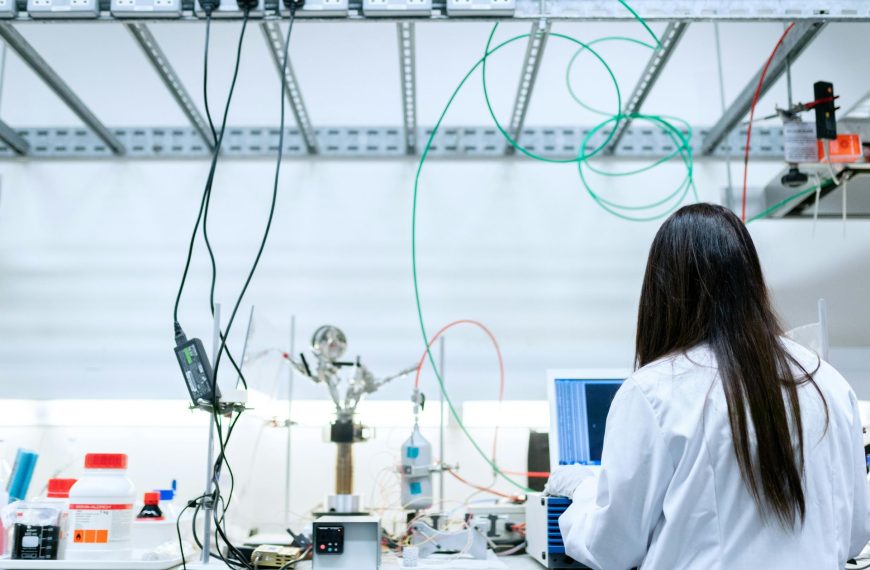The e-commerce landscape is undergoing rapid transformation, and small-to-medium enterprises (SMEs) need to stay ahead to compete.
The future will require strategic planning, investment in the right technologies, and a strong understanding of customer needs.
Here’s an overview for SMEs to navigate these changes and thrive in 2025.
1. Prioritise the Right Platform
Choosing the best e-commerce platform is pivotal.
Flexible and scalable solutions are replacing outdated, monolithic systems, allowing businesses to adapt quickly.
SMEs should assess platforms like Shopify, WooCommerce, or Magento to find one that aligns with their operational size, budget, and long-term goals.
Don’t fall into the trap of over-designing. Even simple or “ugly” sites can perform exceptionally if they’re intuitive, fast, and fulfil customer expectations. Amazon is a prime example of functionality over aesthetic appeal—it mimics a warehouse experience, yet it dominates global online sales.
2. Invest in AI and Personalisation
Artificial intelligence (AI) is redefining the shopping experience, enabling hyper-personalisation.
By analysing customer behaviour, AI can make tailored product recommendations, refine marketing campaigns, and enhance customer service with chatbots.
SMEs should explore AI tools that automate and personalise without over-complicating operations. However, personalisation doesn’t end with AI. As we advocated numerous times, the personal touch is crucial.
We are all aware of bad reviews from people who had to solely interact with chatbots without finding an answer to their questions!
Personalisation also means a more personal relationship with the audience on social media. Social media platforms, in fact, are no longer just marketing tools—they’re full-fledged shopping ecosystems, with micro-influencers playing a crucial role in selling your products.
Platforms like Instagram and TikTok allow users to browse, interact, and buy seamlessly.
3. Leverage Augmented Reality (AR) but do not glorify it
AR allows customers to visualise products in their environments, boosting purchase confidence and reducing returns.
However, the costs of a good and functioning AR experience are levitating.
We have been testing a couple of ‘experiences’ specially crafted for home furniture SMEs, and boy, it was painful!
Be realistic. Adopt and experiment, but be careful. If you are outsourcing, make sure you have enough technical expertise or get support from trusted partners.
The end goal is to remain profitable if you are trying to improve sales or enhance your brand experience if branding is the reason that brought you closer to AR.
Same with VR, NFTs and Metaverse. We have talked about these revolutionary add-ons in the luxury world and it is honest enough to say that they are growing but not at a pace that an SME can sustain.
4. Sustainability Isn’t Optional
I could not talk about e-commerce and ignore the rise of sustainability and second-hand or repurposed verticals. Let’s not repeat ourselves though repetite iuvant right?
Nevertheless, remember that consumers are increasingly eco-conscious, valuing businesses that align with their environmental ethics.
SMEs can adopt sustainable practices and talk about them, making them a USP, hence also creating more content for your brand story-telling. Use recyclable packaging, carbon-neutral shipping options, and ethical sourcing. These efforts not only attract customers but also build long-term trust.
Mobile-First, Function-Focused, and Future-Ready
SMEs must prioritise mobile-first design to capitalise on the $3 trillion mobile commerce market by 2025. Responsive, fast-loading websites and user-friendly apps are essential for customer loyalty.
While visually appealing designs can be captivating, functional websites with seamless navigation and secure checkout are paramount.
Ikea’s “warehouse aesthetic” exemplifies the power of efficiency over style.Imagine your website like an IKEA store. You start by walking through an IKEA showroom: on one floor, you’re immersed in the perfect dream home, meticulously designed to inspire. When it’s time to checkout, the scene shifts dramatically.
You enter a bustling warehouse, where items are collected in a possibly unattractive yet incredibly efficient manner. Despite the stark contrast, there are no delays, and plenty of helpful staff guide you at every step, ensuring a seamless experience from dream to reality.
This is what you need to aim for.
SMEs should focus on practicality tailored to their target audience.
To drive growth and innovation, SMEs should:
- Evaluate their digital platform: Is it scalable and aligned with their business goals?
- Leverage technology: AI tools, AR features, and mobile optimisation can streamline operations and enhance customer engagement.
- Embrace sustainability: Eco-friendly practices can differentiate SMEs and appeal to environmentally conscious consumers.
- Prioritise strategy: An intuitive, well-structured website with clear objectives can outperform a visually stunning but poorly functional one.
By following these pointers, SMEs can position themselves as digital pioneers and future-ready businesses.




